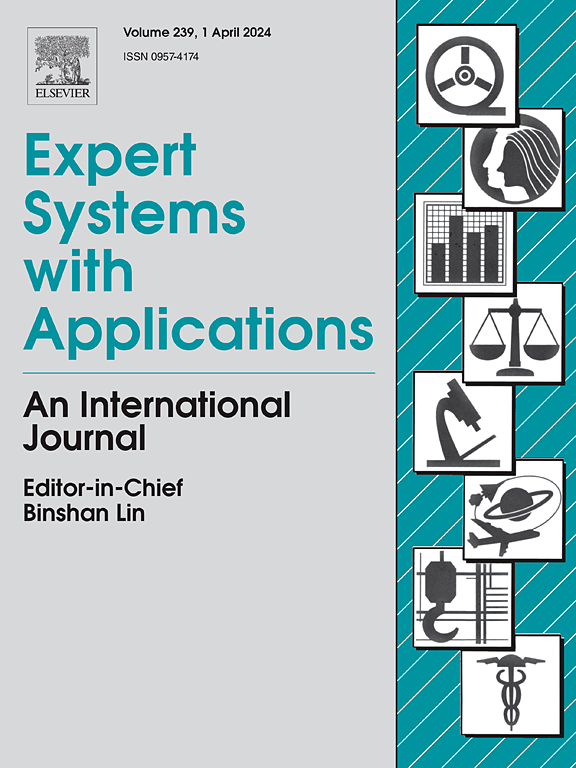A novel two-stage fuzzy classification method with different weight permutations for optimal GIS-based placement of wellness and sports centers
IF 7.5
1区 计算机科学
Q1 COMPUTER SCIENCE, ARTIFICIAL INTELLIGENCE
引用次数: 0
Abstract
The optimal placement of wellness and sports centers is critical to maximizing their accessibility, effectiveness, and impact on public health. Strategic location planning ensures that these facilities are conveniently accessible to the largest possible segment of the population, thereby encouraging higher participation rates. Accessibility is particularly crucial in urban areas where space is limited, and in rural or underserved regions where health and recreational services are often scarce. Moreover, the strategic placement of these centers can enhance community cohesion and stimulate local economies. This study develops a novel sorting Multi-Criteria Decision-Making (MCDM) method called fuzzy EDAS-Sort, a variant of the Evaluation based on Distance from Average Solution (EDAS) ranking method through a fuzzy sorting with different weight permutations to address the optimal placement of wellness and sports centers through assigning alternatives to predefined and ordered classes. It aims to identify the best locations for wellness and sports centers in Ardabil, Iran by employing the fuzzy EDAS-Sort method which is the main contribution of this research combined with Geographic Information Systems (GIS). By integrating fuzzy set theory with EDAS-Sort and GIS, the inherent uncertainties are handled in performance evaluation and spatial data analysis. According to the findings, the fuzzy EDAS-Sort is computationally efficient and provide highly accurate classification results for the optimal placement of wellness and sports centers. Numerical results demonstrate that 20% of the studied locations belonged to the “Excellent and optimal area” class, 33.3% to the “Good area” class, and 53.3% to the “Above average area” class. Finally, sensitivity analysis reveals that the proposed method is stable against weight variations, with less than 2.78% fluctuation in the classification results, ensuring a high degree of robustness.
求助全文
约1分钟内获得全文
求助全文
来源期刊

Expert Systems with Applications
工程技术-工程:电子与电气
CiteScore
13.80
自引率
10.60%
发文量
2045
审稿时长
8.7 months
期刊介绍:
Expert Systems With Applications is an international journal dedicated to the exchange of information on expert and intelligent systems used globally in industry, government, and universities. The journal emphasizes original papers covering the design, development, testing, implementation, and management of these systems, offering practical guidelines. It spans various sectors such as finance, engineering, marketing, law, project management, information management, medicine, and more. The journal also welcomes papers on multi-agent systems, knowledge management, neural networks, knowledge discovery, data mining, and other related areas, excluding applications to military/defense systems.
 求助内容:
求助内容: 应助结果提醒方式:
应助结果提醒方式:


